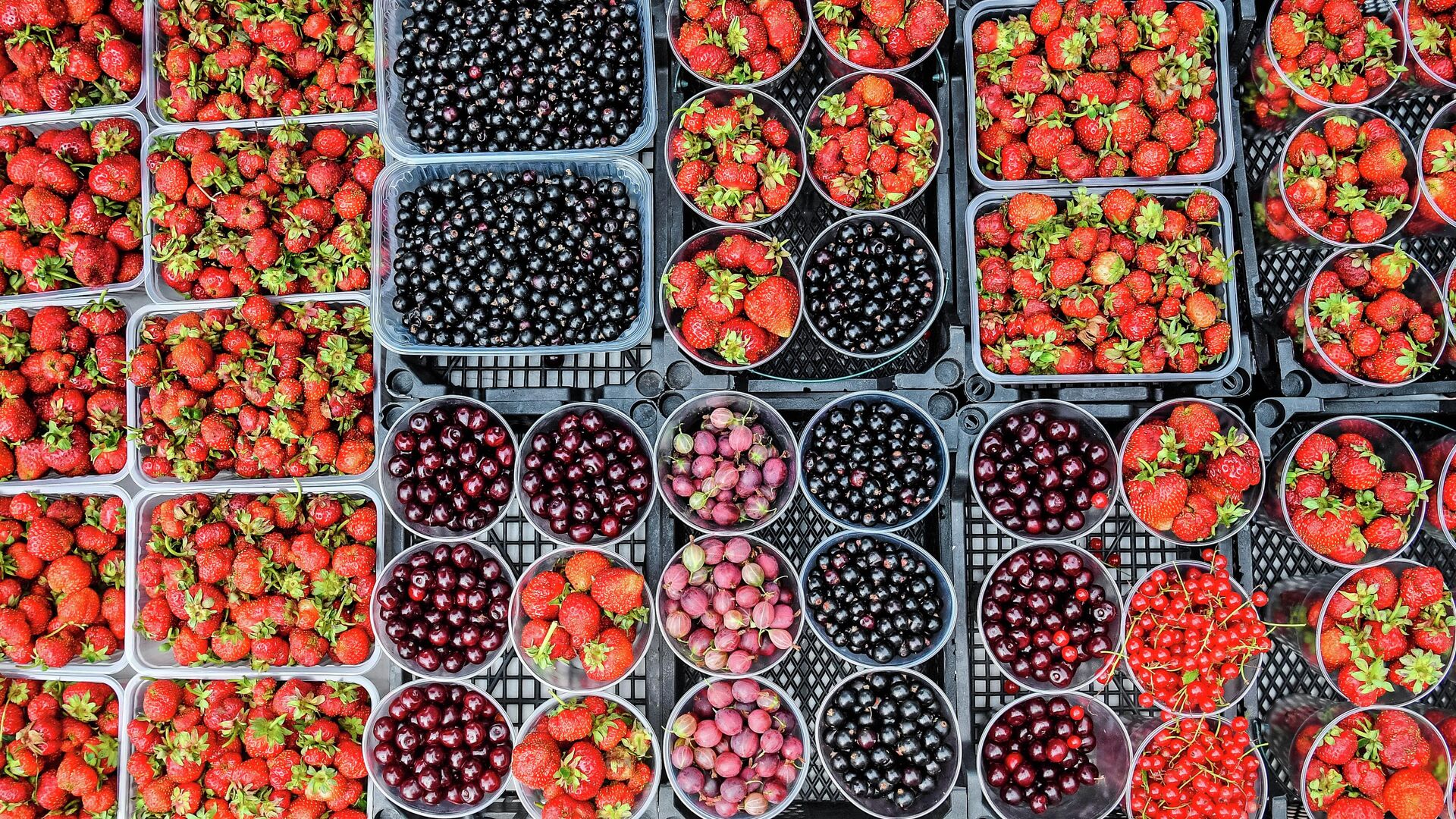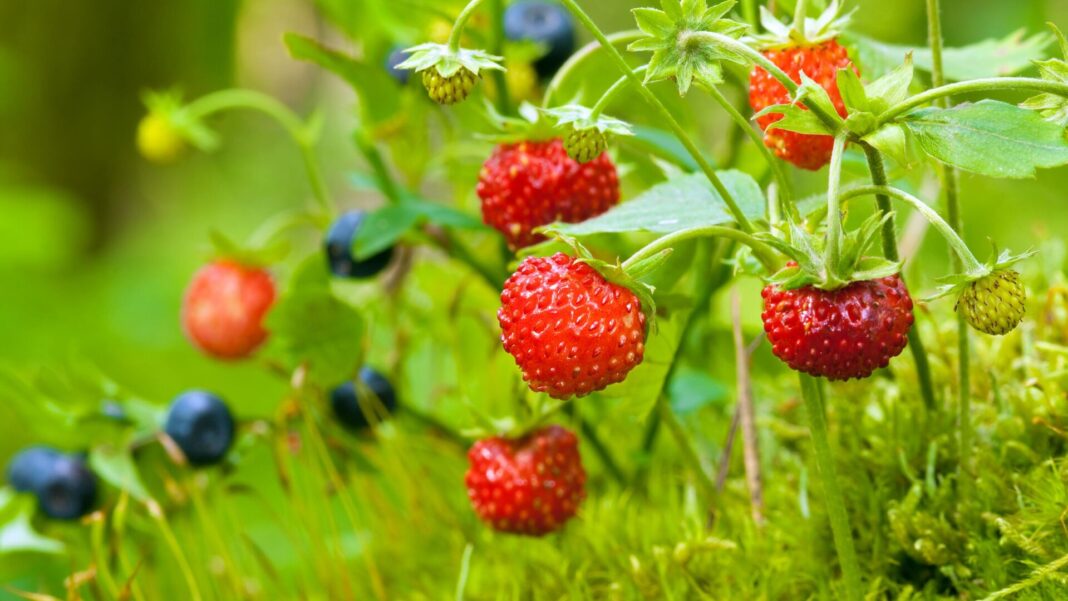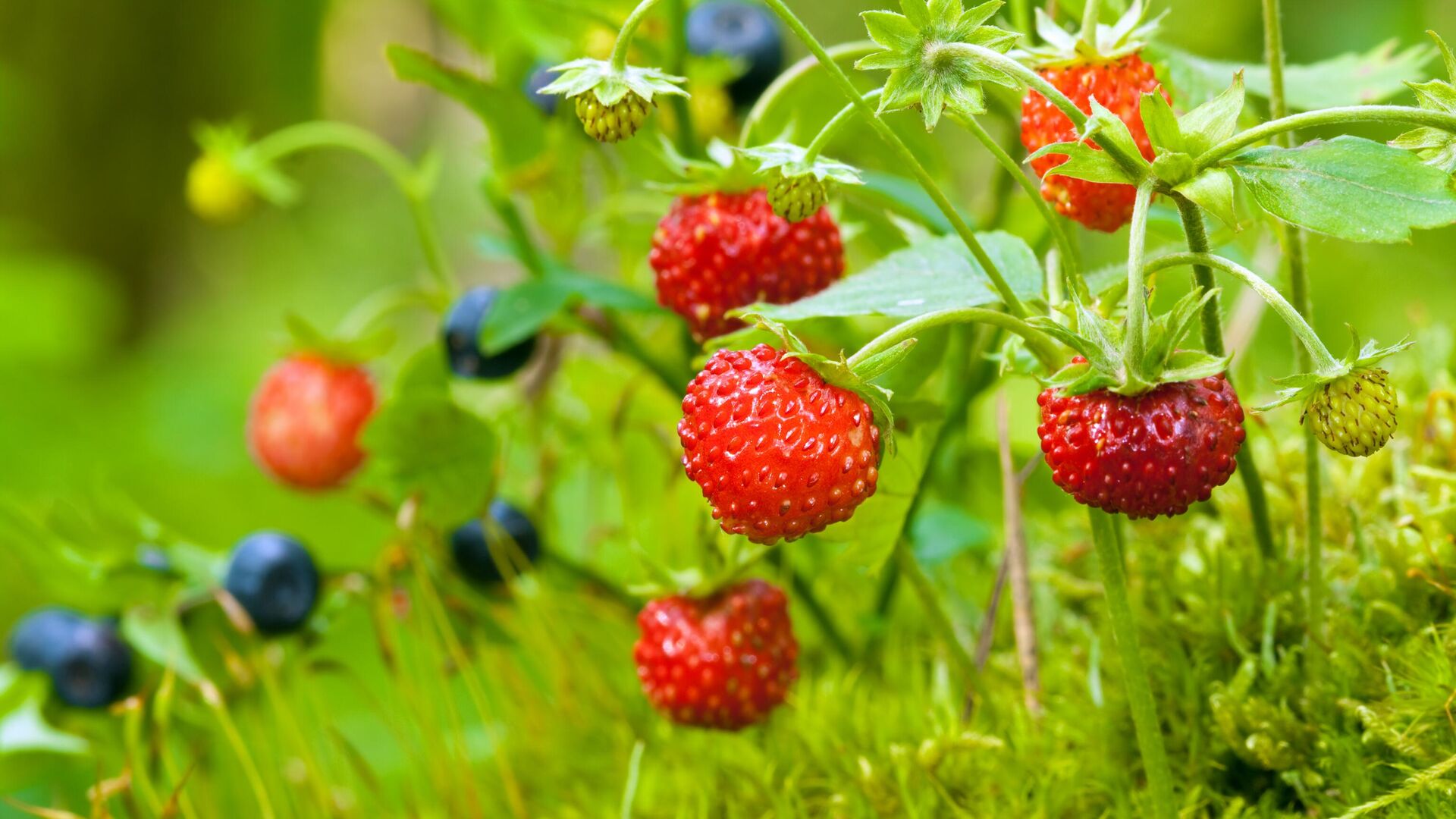
MOSCOW, July 15A neural network computer vision system for increasing the yield of garden strawberries was developed by Tyumen State University scientists. Using artificial intelligence, the system counts berries, assesses their ripeness, identifies diseases, and also counts leaves and whiskers. The development can be used on smart farms, city farms and regular greenhouses. The results were published in the journal Bulletin of Russian Agricultural Science.
Today, one of the main directions of agribusiness development is the development of smart farming systems that can automate plant care, increase the profitability and environmental friendliness of agricultural production. Intelligent agricultural complexes, known as smart farms, are high-tech systems where plants are grown using automated control of operating modes, nutrition and microclimate.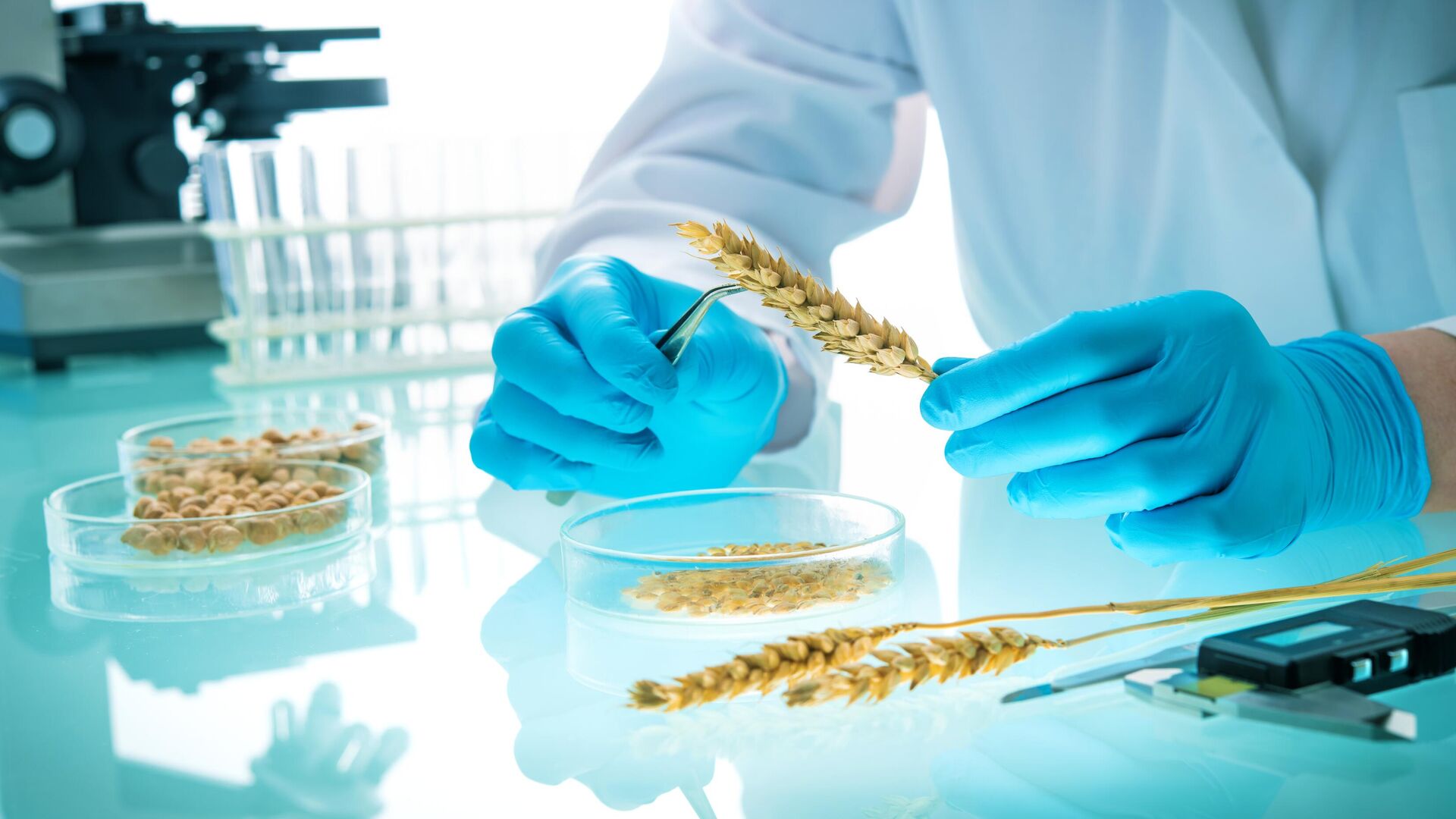
Computer vision neural networks open up new opportunities for smart farms, allowing them to continuously monitor their crops and participate in solving tasks that are not yet amenable to automation, such as detecting and recognizing plant diseases or pests.
The development of scientists from Tyumen State University (TSU) is aimed at comprehensively assessing the condition of plants and making informed decisions to optimize their cultivation.
“
"Computer vision models operate automatically and serve as sources of data for decision-making on a smart farm. For example, discovered whiskers should be cut off, since the plant enters the reproduction stage, and part of the plant’s nutrition is spent on their development. Consequently, the number and size of berries are reduced,” noted one of the system developers, graduate student of the School of Computer Science Dmitry Glukhikh.
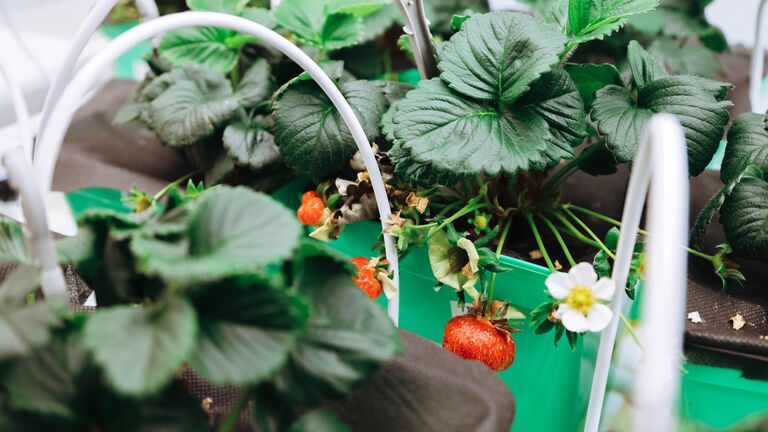
1 of 3
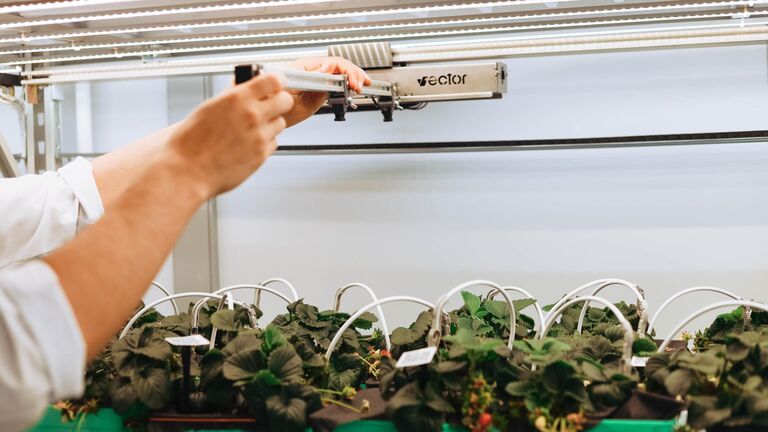
2 of 3

3 of 3
1 of 3
2 of 3
3 of 3
According to him, the analysis of data on the quantity and ripeness of berries allows forecasting the harvest, adjusting the irrigation regime and the composition of the nutrient solution. When identifying plant diseases using a neural network, it is possible not only to diagnose them, but also to determine the type of disease, which ensures timely adoption of treatment measures.
The scientist believes that the introduction of computer vision models on smart farms will increase the autonomy of such complexes.
In addition, as Dmitry Glukhikh noted, the combination of computer vision models with decision support systems can make smart farms even smarter.
«Such systems do not just detect diseases and calculate the harvest, but also provide farmers with recommendations on how to optimize their cultivation depending on the current situation,» he said, emphasizing that potential benefits include reducing the time it takes to make decisions and forecast the harvest, reducing the risk of crop loss due to diseases by 40-70%, and reducing the requirements for the qualifications of service personnel.
The experiments were conducted on garden strawberries grown on modules of the urban farm deployed in the Tyumen State University Agrobiotechcomplex.
During the study, the scientists used the pre-trained neural network model of computer vision YOLOv8. Currently, the system contains an ensemble of eight trained models. Each of them performs its own task, and two separate neural networks control the work of the others. This approach, according to scientists, reduces the probability of error by 30%.
The study was carried out within the framework of a grant in the form of a subsidy from the federal budget for the provision of state support for world-class scientific and educational centers — West Siberian Scientific and Educational Center.